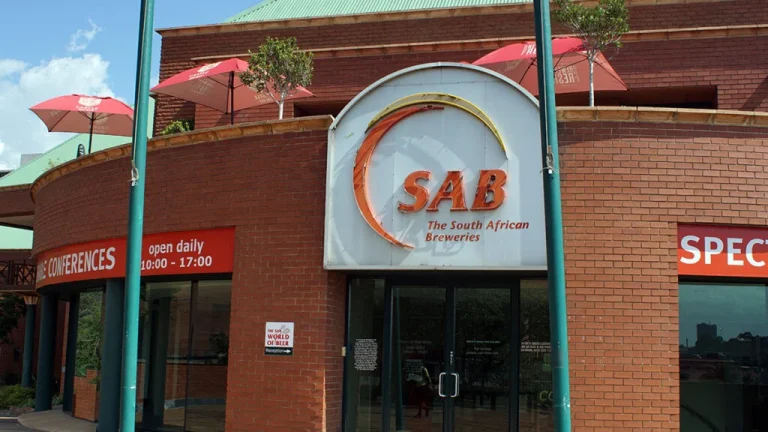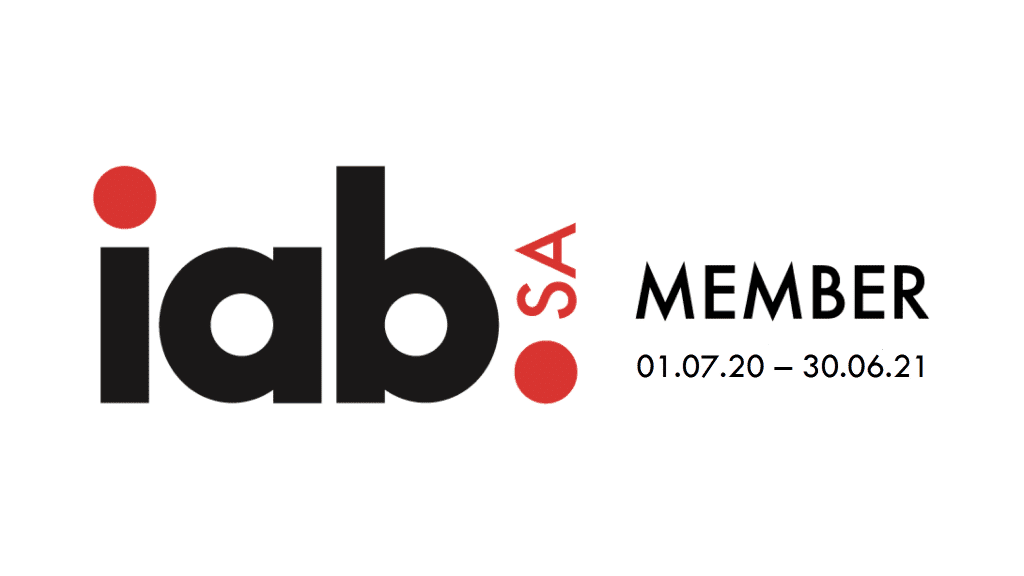In an era where financial literacy is paramount, knowing how to open a savings account is a crucial step towards securing your financial future. A savings account not only provides a safe place for your money but also offers the potential to earn interest, allowing your funds to grow over time. Here’s a comprehensive step-by-step guide tailored for South African readers.
1. Choosing Your Application Method
Opening a savings account in South Africa is a straightforward process, and you can choose from various application methods based on your preference:
| Application Method | Description |
|---|---|
| Online | Apply through the bank’s website. This usually takes 10 to 20 minutes. |
| In-person | Visit a local branch and fill out the application form. |
| Phone | Apply by calling the bank’s customer service hotline. |
| Send your application form via mail to the bank’s designated address. |
2. Gathering Required Identification
For the application process, ensure you have the necessary identification documents ready. This typically includes:
- Your South African Identity Document (ID) or Smart ID Card.
- Your company registration number or proof of tax registration.
3. Providing Contact Details
When filling out the application, be prepared to provide your contact information, including:
- Full name
- South African phone number
- Residential address within South Africa
- Email address
- Date of Birth
4. Choosing Single or Joint Account
Specify whether you’re opening the savings account solely in your name or jointly with another individual. If it’s a joint account, gather the required information for the additional account holder.
5. Accepting Terms and Conditions
Before finalizing your application, carefully read and understand the terms and conditions provided by the bank. This includes details about fees, account liabilities, and how interest is calculated.
6. Submitting Your Application
Once you’ve filled out the application, submit it through your chosen method. If applying online, you may receive an acknowledgment shortly, but the bank will take approximately two to five business days to verify your information and open the account.
7. Funding Your New Account
To activate your savings account, you’ll need to fund it. Many South African banks require a minimum initial deposit, typically ranging from ZAR 10 to ZAR 500. Even if there’s no immediate funding requirement, it’s advisable to deposit money as soon as possible to start earning interest.
You can fund your account through various methods:
- Transfer from Another Account: Use an existing account at another bank to transfer funds.
- Cash or Cheque Deposit: Deposit money in cash or cheque at the bank’s branch.
- Wire Transfer: Schedule a wire transfer from another financial institution.
Once your account is funded, consider setting up a direct deposit and scheduling automatic transfers from your checking to savings, facilitating effortless and consistent savings growth.
Choosing the Best Savings Account in South Africa
Selecting the right savings account is crucial to maximize your returns and minimize fees. In South Africa, interest rates can vary significantly among banks. Here’s a comparison of high-yield account Annual Percentage Yields (APYs) in recent months:
| Online Institutions | (%) |
|---|---|
| TymeBank | 10.44 |
| Access Bank | 10.40 |
When comparing, consider that even a small difference in APY can significantly impact your savings over time. For instance, if you deposit ZAR 10,000 and leave it for a year, you could earn around ZAR 500 in an account with a 5% APY, compared to just ZAR 100 in an account with a 1% rate.
Can I Open a Savings Account Online in South Africa?
Yes, opening a savings account online is a convenient and accessible option for South Africans. The online application process is user-friendly, and you can complete it from the comfort of your home. Ensure you have all necessary documentation available, including your ID and tax information, to expedite the process.
What to Do If You Can’t Open a Savings Account
Sometimes, your application may be rejected due to issues like unpaid bank fees or a negative history with consumer reporting agencies such as Credit Bureau South Africa (CBSA). If you encounter difficulties, explore “second chance” checking accounts. While not savings accounts, they offer an opportunity to rebuild your banking history. If successful, you may be eligible to open a regular savings account in about 12 months.
Conclusion
Opening a savings account and committing to regular contributions is a vital step towards financial security. Your balance will grow over time, and with a high-yield account, you can ensure your hard-earned money works diligently for you. By choosing the right account and following the steps outlined, you’ll be on the path to building a robust financial foundation in the South African context.






















